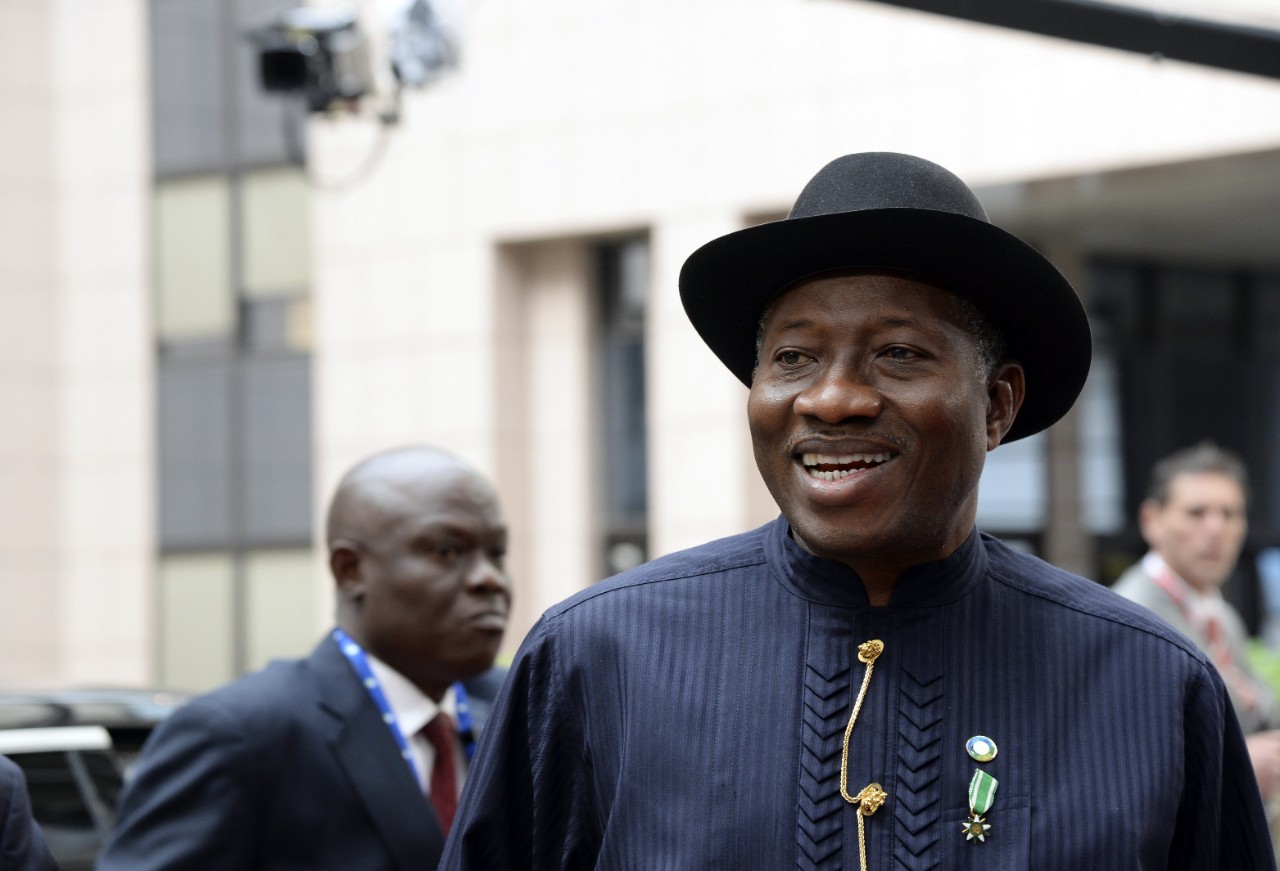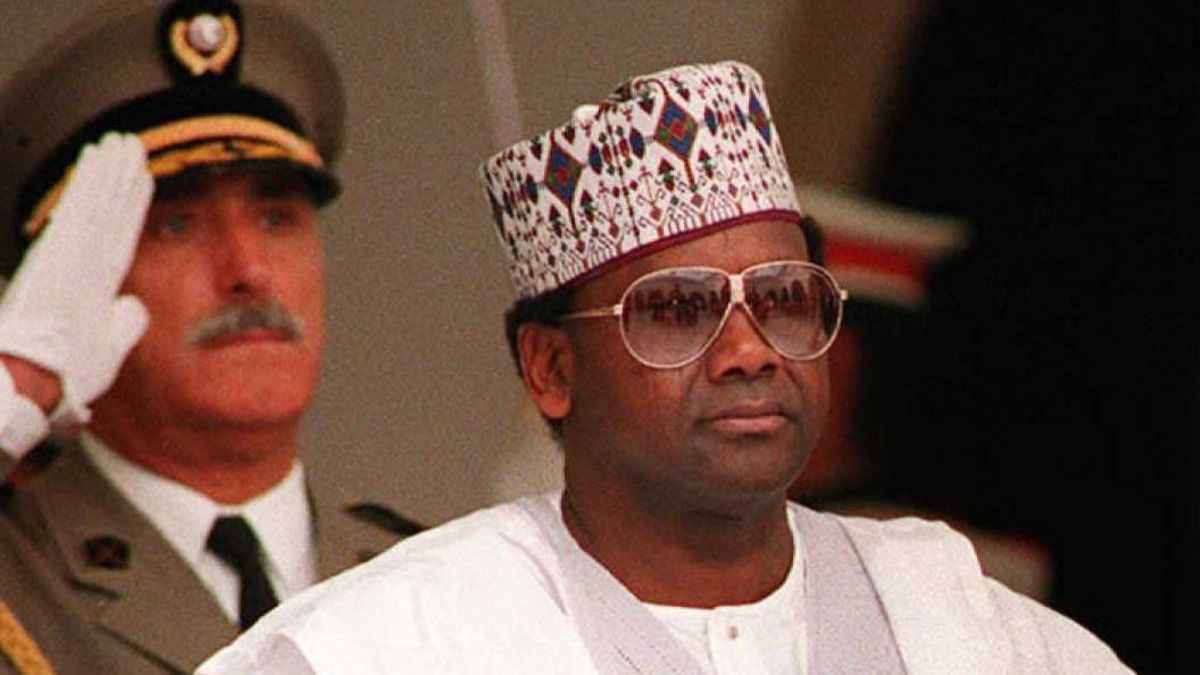by Aziza Uko and Wayne Murphy
The Nwokolo family in Lagos had just lost their patriarch. For convenience sake, a decision was taken to promptly take the corpse home to the South-East and take care of its embalming there pending the fixing of the burial date. A vehicle was chartered and two kinsmen accompanied the body. By 11 am, they were at Ore. They found themselves in a traffic jam and assumed that in a matter of minutes, they would get out of it. Six hours later, they had not moved an inch. Then they realized that they were trapped in Ore because of the terrible state of that portion of the Shagamu-Benin Expressway. Both sides of the dual carriage way were blocked by vehicles. Their vehicle could not even reverse and seek an alternative route inside Ondo State because of the long rows of vehicles behind.
Soon it was nightfall. The two men and the driver got worried. They ended up sleeping in the vehicle with the corpse. Then it was daybreak again. Still no progress. Another nightfall came and went. Then the corpse started to deteriorate. The men knew that their custom frowned at the body of a kinsman being buried away from home, but it made no sense to continue to stay with a decaying corpse in a vehicle. They consulted with their family members on the phone and it was agreed that the most practical thing to do was to ask for space in any bush nearby and bury the corpse. And that was what they did.
This is not fiction. This happened many times in Ore between 2005 and 2009. That portion of the road was so bad that when the then Minister of Transport, Mrs. Diezani Allison-Madueke, visited it in 2007, she wept profusely. It was a touching moment. Yet that road remained in a deplorable state until the emergence of Dr. Goodluck Jonathan as President.
When President Goodluck Jonathan took office in May 2010, he was faced with numerous obstacles. Among those was Nigeria’s crumbling infrastructure. It was not only the roads that were in such a sorry state. The railway was dead, the aviation was mediocre. Agriculture was abandoned. Education and health were stagnant. Local production was virtually non-existent. While some programmes were already in place when President Jonathan took office, he has taken strides that his predecessors never realized. He and his administration have made vast improvements on the roads, rail, power, aviation, and port systems. President Jonathan looks towards the future, hoping to achieve even greater feats.
Prior to President Jonathan’s emergence, Nigeria’s infrastructure had long been neglected. One focus of the president was to improve the roadways. Prior to President Jonathan taking office, several projects were conceived, but none was completed. Some of the projects are the Loko-Oweto Bridge, the Onitsha-Owerri roadway, the Vom-Manchok roadway, as well as over half a dozen other roadways that are still being reconstructed. Before the president got involved most of these projects had not gotten any further than the planning stages.
On March 10, 2014, President Jonathan performed the groundbreaking ceremony on the Second Niger Bridge that would link the cities of Onitsha and Asaba. This was another project that had previously been planned, but it remained in the cooler until President Jonathan stepped in. This is a major project, with the bridge itself measuring over 1,590 metres and forming part of an 11.90 km road project. At the ceremony, President Jonathan addressed the crowd, saying, “Today, I have come, as your President, to flag off of this vital Bridge project, in order to move that solemn pledge, from sincere promise to concrete reality.”
The railway system was another major area of concern when President Jonathan initially took office. For more than 15 years, three major railways were moribund. Now, those lines are undergoing major rehabilitation. Work on several other lines has been completed, and the number of passengers that use the railways has increased from 1 million to over 5 million, on a yearly basis. Prior to the Jonathan administration, Nigeria’s cargo freight services were nonexistent, but work has also now commenced in this area.
President Goodluck Jonathan has initiated a 25-year Railway Strategic Plan. This plan will allow the railway system to be revamped and revitalized now and well into the future. And for the first time in 100 years of railway in Nigeria, the eastern part of Nigeria will be connected to the west with a rail line that runs from Calabar through Onitsha, Benin City, Ore, to Lagos. On December 15, 2014 President Jonathan wrote on his Facebook page that, “I received the news that Nigeria’s Interstate High Speed Rail Project has been listed amongst the world’s top 100 infrastructure projects with a sense of fulfillment that this administration’s desire to link our commercial and administrative capitals is receiving global affirmation.”
The power system in Nigeria is another area of the infrastructure that needed to be overhauled. President Jonathan launched the Roadmap to Power Sector Reform to design a strategy for improving service delivery, expanding capacity, and reforming a system that, in the past, has been one of the nations most stunted areas. President Jonathan states that these reforms will go a long way to determining whether Nigeria, “remains in darkness or joins the rest of the world in the race for development.”
One major step in the power sector was privatization. The Power Holding Company of Nigeria (PHCN) has been divided up into 11 Local Distribution Companies (LDC), 6 generation companies, and 1 transmission company. Two solar plants are under construction in Yobe and Kano, and the president has also managed to secure $3 billion for investments in expansion in the power sector through the year 2018.
During Jonathan’s administration, the National Aviation Masterplan was developed and implemented. Under his watch, air safety has continually been improved with the implementation of cutting-edge navigational aids, Instrument Landing Systems (ILS), and Total Radar Coverage (TRACON). President Jonathan, since his term began, has overseen 22 airports being remodeled and 16 airports being designated for perishable cargo, where none of these existed in the past.
Among other things, Jonathan has developed five international airport terminals. There has also been the installation of an Accident Investigation and Analysis Laboratory in Nigeria, only one of four labs in Africa. Nigeria has now also earned a US Category 1 Certification, which implies that Nigerian registered aircraft can fly direct into USA destinations without any inhibitions.
The ports in Nigeria have always been hampered by government restrictions. President Jonathan has cut bureaucratic red tape and financial requirements, leaving 7 agencies at the ports, as opposed to the 13 prior agencies. Prior to the Jonathan administration, the clearing time for trouble-free cargo was 39 days. It has now been dramatically reduced to only 7 days. Daily Port Operations were consistently only 8 hours long, but now they operate 24 hours a day, the first time this has happened since 1970.
Before Jonathan came into office, less than half of Nigeria had access to potable water. Now more than 70% of the population (4.3 million Nigerians) enjoy clean water. 9 dams have been completed. The dredging of the Lower River Niger is done: number of passengers on the waterways has increased from 250k per year to 1.3 million passengers per year, and cargo shipments have increased from 2 million to 5 million.
President Goodluck Jonathan has initiated, improved, or built upon many different programmes to help revive and revitalize the infrastructure of Nigeria. The introduction of the SURE-P (The Subsidy Reinvestment and Empowerment Programme) enabled an economic intervention designed to reduce the amount of subsidy paid on petroleum products. The savings realized through this programme are invested into improving the lives of all Nigerians by stimulating the economy and alleviating poverty through infrastructure programmes, human resource empowerment projects, and safety net projects.
Looking at the facts, it is easy to see the number of improvements that have been made to Nigeria’s infrastructure since President Jonathan took office. As well as improving Nigerians’ quality of life, the ongoing progress has created new jobs and helped to fund essential social and economic programmes. The greatest enemy to policies and projects is lack of continuity. Every new regime wants to discontinue the policies and programmes initiated by its predecessor. Most of President Jonathan’s programmes are at foundation levels that a new government may truncate them and pull Nigeria backwards again. That is why another term for him will be in the interest of the growth and development of Nigeria.
With the upcoming election, President Jonathan has tried to stress the importance of continuing to improve Nigeria’s infrastructure. In his eyes, he wants to continue with the progress until “Nigeria’s infrastructure, be they roads, schools, airports or hospitals, are listed amongst the best in the world. And by God’s grace, this will happen in the not-too-distant future.”
Aziza Uko is Executive Editor of The Trent. She is also Chief Executive of Ziza Group, a company she founded in 2009. She is award winning graduate of marketing and a marketing communications professional with over 16 years post graduation experience. She is a writer, editor, and music lover. She can be reached on email HERE, on Twitter at @azizauko, and Facebook HERE.
Wayne L Murphy is an American writer who was born and raised in New York. Murphy’s published works are available on Smashbooks, a collection of short stories and poetry and the Toy Garden Series. He hopes to publish his first novel in 2015. He also enjoys sports, live music, and traveling. Murphy can be reached on Twitter @WayneLMurphy, on Facebook, and he blogs HERE.
You may read the first editorial in this series, X-Raying Nigeria’s Greatest Democratic Achievement; and the 2nd, Fighting Corruption Differently And Getting Results The next editorial in this 8-part series will be published on Sunday, February 1, 2015.







